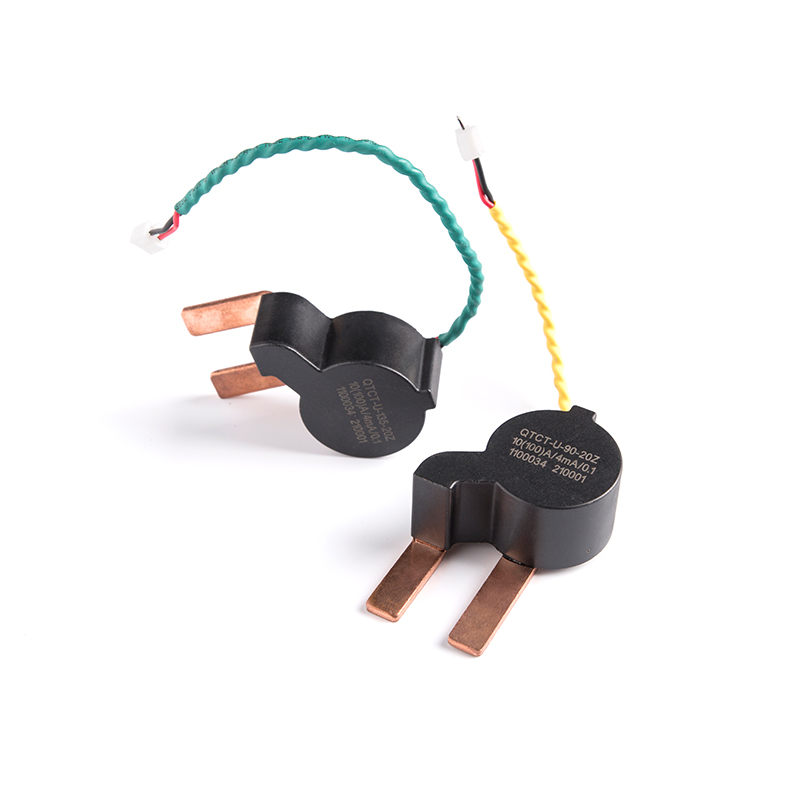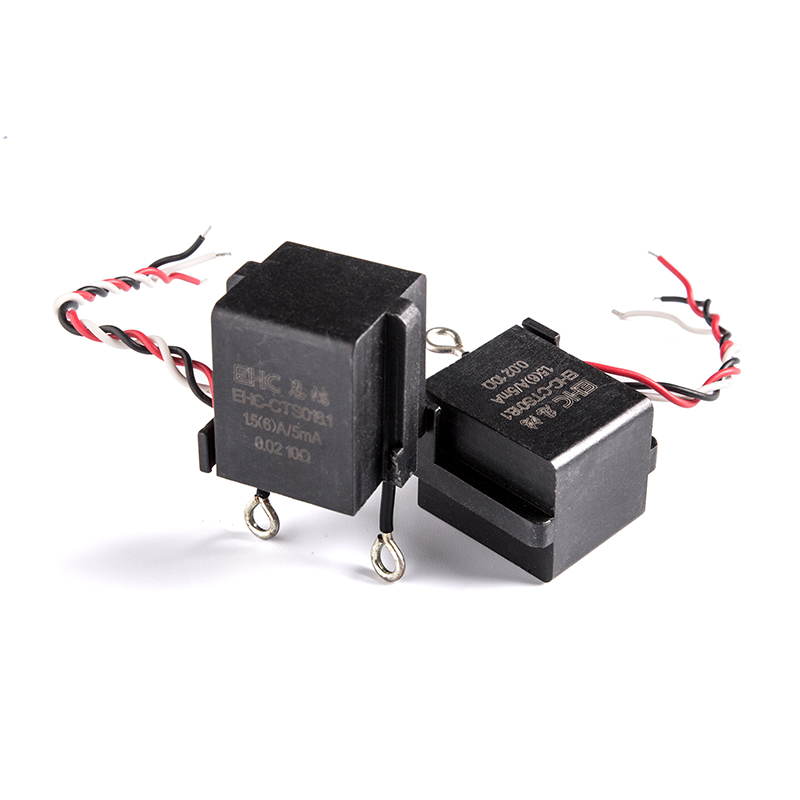Current transformers (CTs) are vital components in the field of electrical engineering, particularly in power systems and metering applications. They are designed to accurately measure electric current while providing electrical isolation and safety. The basic working principle of current transformers and how they are used to measure electric current can be summarized as follows:
Working Principle:
A current transformer operates on the principle of electromagnetic induction. It consists of a primary winding and a secondary winding, both wound around a magnetic core.
Primary Winding: The primary winding of the CT is connected in series with the conductor through which the current is to be measured. When electric current flows through the primary winding, it generates a magnetic field around the core.
Magnetic Core: The core of the CT is typically made of a highly permeable material, such as iron or ferrite, to enhance the magnetic coupling between the windings.
Secondary Winding: The secondary winding is wound on the same core but is electrically isolated from the primary winding. It consists of a significantly larger number of turns than the primary winding.
Induction of Voltage: According to Faraday's law of electromagnetic induction, the changing magnetic field created by the primary current induces a voltage in the secondary winding. The induced voltage is directly proportional to the rate of change of current in the primary winding.
Key Characteristics and Applications:
Current Reduction: CTs are designed to reduce the current from the primary winding to a standard, manageable level for measurement and protection purposes. The secondary current is typically much lower than the primary current, often in a ratio of 100:5 or 1000:5.
Isolation: CTs provide electrical isolation between the high-voltage primary circuit and the low-voltage secondary circuit. This ensures safety for measuring and monitoring equipment.
Accuracy: High-precision CTs are manufactured to provide accurate current measurements within a specified error margin, even under varying load conditions.
Measuring Devices: The secondary current output of CTs is connected to various measuring and monitoring devices, such as ammeters, voltmeters, wattmeters, energy meters, and protective relays.
Protective Relays: CTs play a crucial role in power system protection. They are used to sense overcurrent conditions and fault currents, which trigger protective relays to isolate faulty parts of the system.
Metering and Billing: In electricity metering applications, CTs are employed to measure the current consumption in residential, commercial, and industrial settings. The secondary current output is used to calculate the energy consumption for billing purposes.
Instrument Transformers: CTs, along with voltage transformers (VTs), are collectively referred to as instrument transformers. VTs serve a similar function for voltage measurement and isolation.

 English
English 中文简体
中文简体 Deutsch
Deutsch 日本語
日本語

 View More >>
View More >> View More >>
View More >> View More >>
View More >> View More >>
View More >> View More >>
View More >> View More >>
View More >> View More >>
View More >> View More >>
View More >>